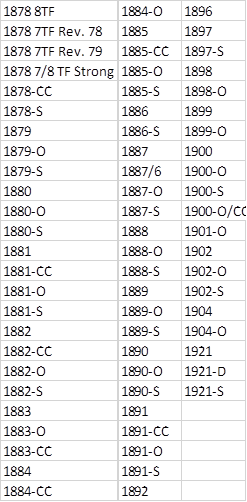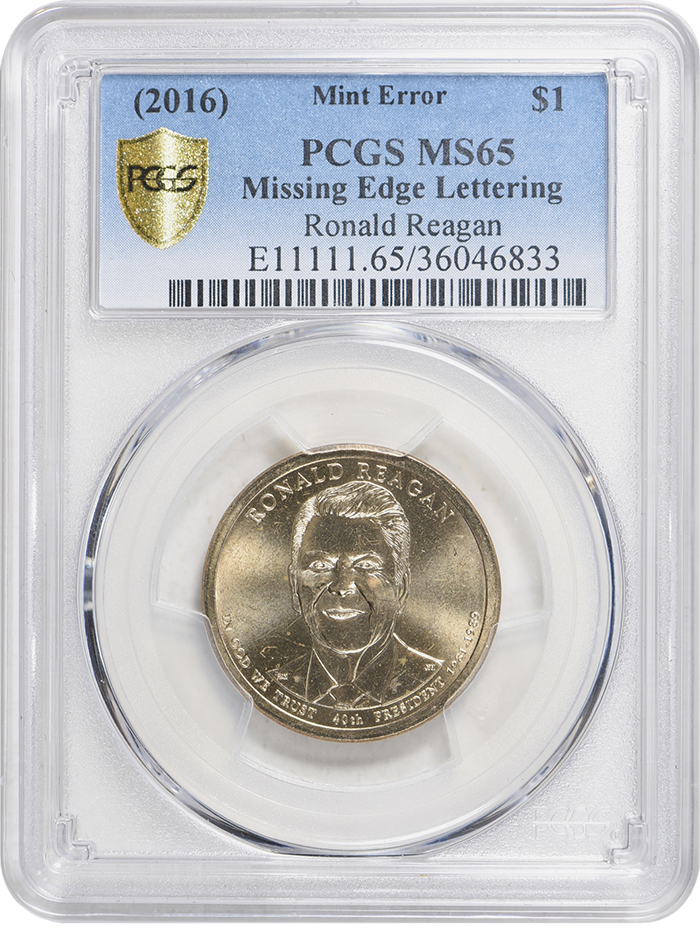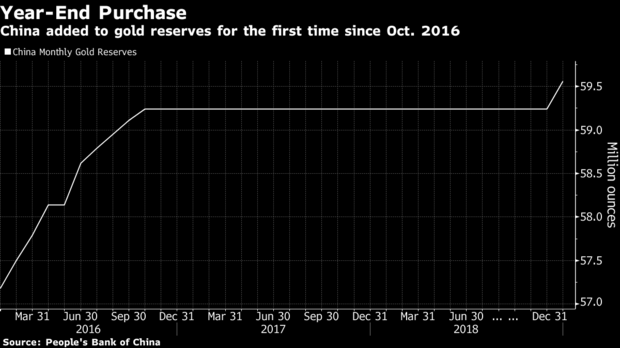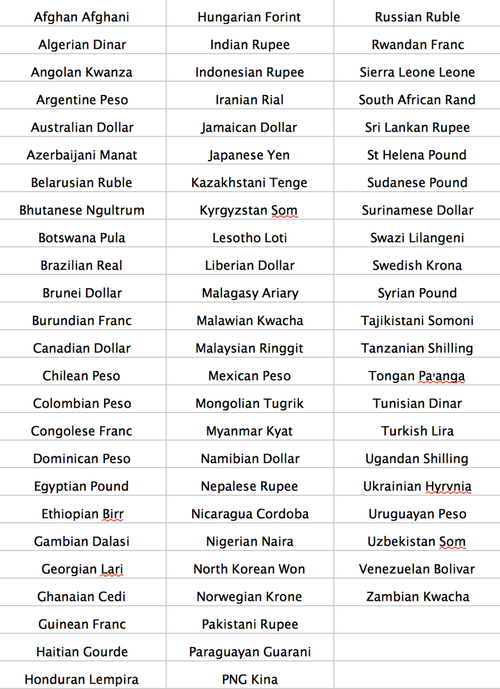JANUARY 31, 2019

Washington — The United States Mint will release the second coin in its Preamble to the Declaration of Independence Platinum Proof Coin Series today at noon EST. Launched in 2018, this three-year platinum Proof coin series features all new obverse (heads) designs created concurrently by one designer and a new common reverse (tails) design. The price of the coin on the Mint’s website is currently $1,220.

The obverse (heads) of the 2019 “Liberty” version of the Preamble to the Declaration of Independence platinum Proof coin (product code 19EJ) portrays Lady Liberty keeping watch over prairies, lakes, and mountains as pioneers head westward. The wild terrain in the background evokes the quintessential American spirit to explore new territory and the freedom to pursue new landscapes, ideas, and ways of life. In the foreground, Lady Liberty’s lips are parted, symbolizing freedom of speech. Her torch is an emblem of the guiding light that liberty provides, while the open book represents the rule of law and its equal application. Inscriptions are E PLURIBUS UNUM, LIBERTY, IN GOD WE TRUST, and 2019.
Mint Artistic Infusion Program (AIP) designer Justin Kunz created all obverse designs in this series. Mint Sculptor-Engraver Joseph Menna sculpted the 2019 design.

The reverse (tails) design of all coins in this series depicts an eagle in flight with an olive branch in its talons. Inscriptions are UNITED STATES OF AMERICA, $100, 1 OZ., and .9995 PLATINUM. AIP designer Patricia Lucas-Morris created the design, which former Mint Sculptor-Engraver Don Everhart sculpted.

The 2019 Preamble to the Declaration of Independence platinum Proof coin carries the West Point mint mark. This exquisite coin is packaged in a black velvet, satin-lined presentation case that is enclosed in an outer box and sleeve. The Mint’s certificate of authenticity is included.

Pricing is based on the range in which this coin appears on the Mint’s Pricing of Numismatic Gold, Commemorative Gold, and Platinum Products table. Current pricing information is available here.
Mintage for the 2019 coin is capped at 15,000 units. The Mint has limited orders to one coin per household for the first 24 hours of sales, after which the Mint will lift the limit. This product will not be available via the bulk purchase program on the launch date.
If customers want to collect all three, the 2018 platinum Proof coins are still available while supplies last. Customers should look for the final coin in this series in 2020.
If you would like to would like to purchase…
We do business the old fashioned way, we speak with you.
CALL US
Private, Portable, Divisible Wealth Storage
(800) 257.3253
8:30 AM – 5:00 PM CST M-F
Price is based on payment via ACH, Bank Wire Transfer of Personal Check.
Major Credit Cards Accepted, add 3.5%
Offer subject to availability.





